Some tourists to Kruger National Park (South Africa) discovered a strange device on the ears of wild animals such as antelopes and rhinos.
Wildlife tracking is important for scientific research, as it helps people better understand animal behavior and figure out how to ensure their continued survival, especially in confined areas like national parks. New, more advanced tracking technologies can help proactively protect species that are vulnerable to poaching, or other immediate threats.
For many years, Kruger National Park (SANParks) and wildlife researchers have used bulky GPS collars to track the location of animals. However, these collars have a number of drawbacks and are not suitable for use on all animals.
Because of the GPS, these collars consume a lot of power, while the data can only be downloaded when the animal is captured and tranquilized.
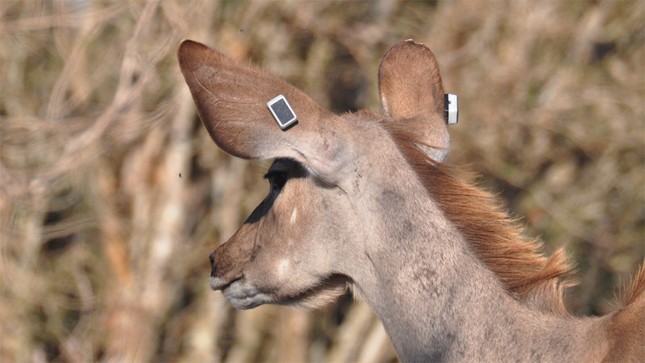 |
Solar tracking device. Photo: MBB |
To locate the animal, the collar emits a VHF radio signal. Finding the collar remains a major challenge for animals like leopards, which have large territories.
Other collars can transmit the animal’s location to satellites every few hours, usually over an Iridium network, and the data is then transmitted to a server on the ground. This allows for remote tracking but requires more power. The batteries in these collars can last for years, but they are large and bulky, making them suitable only for larger animals.
In recent years, technology has opened up new possibilities for smaller, more useful devices like Apple AirTags, Galaxy SmartTags, or Tiles that use Bluetooth and ultra-wideband communication to transmit location, instead of GPS. These devices ensure battery life that can last for months to years, but are only effective in areas with a lot of Bluetooth-enabled devices.
Using small solar panels, Ceres and GSatSolar are two companies creating new, compact tracking devices that don't require large batteries. These devices were originally designed to track livestock and other mobile assets.
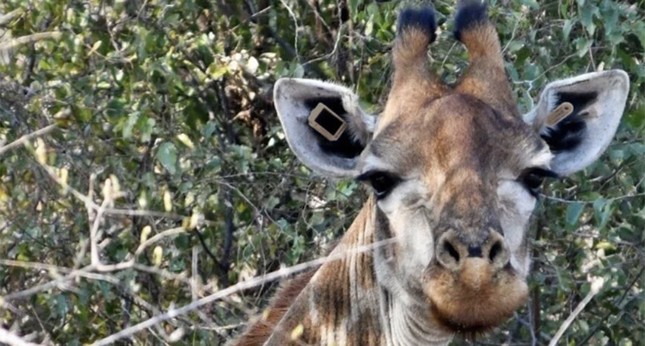 |
The optimized device can be self-charged and easily attached to wild animals. Photo: MBB |
Ceres offers three small solar-powered trackers: Ceres Ranch, Ceres Trace, and Ceres Wild. Ranch has direct satellite integration, with up to four location updates per day. Trace supports newer low-Earth satellite networks, with the same number of daily pings. Ceres Wild has direct satellite communication and 24 location pings per day.
According to GSat, the tracker can provide up to 12 location pings to the Iridium satellite network, a day of solar charging for a 150Ah battery. Although the small solar panel array only generates a maximum of 0.125w of electricity.
Because they are small, they attach to animals without causing stress. Ceres Wild weighs just 35g and is 62mm long, 36mm wide and 37mm thick. GSatSolar weighs about 31g, including the part that attaches to the animal's ear.
SANParks has begun testing GPS ear tags powered by mini solar panels to track the location of wild animals. By attaching the trackers to the animals' ears, researchers and wildlife wardens can get twice as many location pings without sacrificing extra battery life.
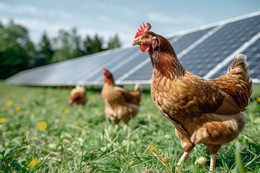 |
Developing solar power and agriculture (Agri-PV) is a feasible solution, mutually beneficial. Germany's largest Agri-PV project is piloting the release of 1,500 chickens, growing vegetables,... in a solar farm.
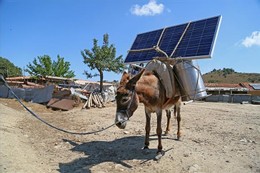 |
In remote mountains, in need of charging mobile phones, Turkish people found a way to get electricity. They tied solar panels to donkeys.
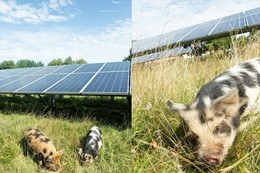 |
Not only sheep, pigs are also brought into solar farms to clear grass around photovoltaic panels.
(According to MBB)
According to Vietnamnet
Source: https://tienphong.vn/thiet-bi-la-tren-tai-dong-vat-hoang-da-dung-nguon-dien-vo-tan-post1682852.tpo








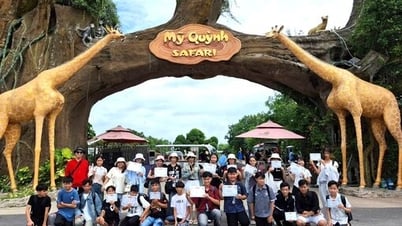















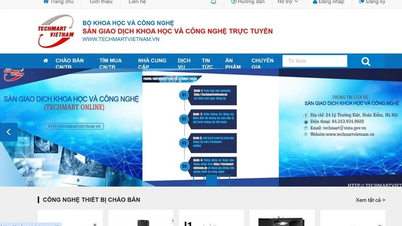











































![[Photo] General Secretary To Lam attends the launch of 3 digital platforms serving the implementation of Resolution No. 57-NQ/TW](https://vphoto.vietnam.vn/thumb/402x226/vietnam/resource/IMAGE/2025/7/2/d7fb7a42b2c74ffbb1da1124c24d41d3)
















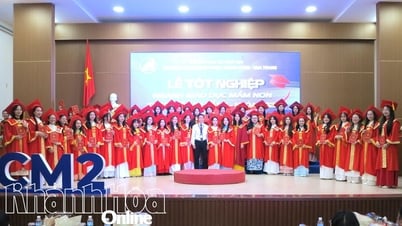

















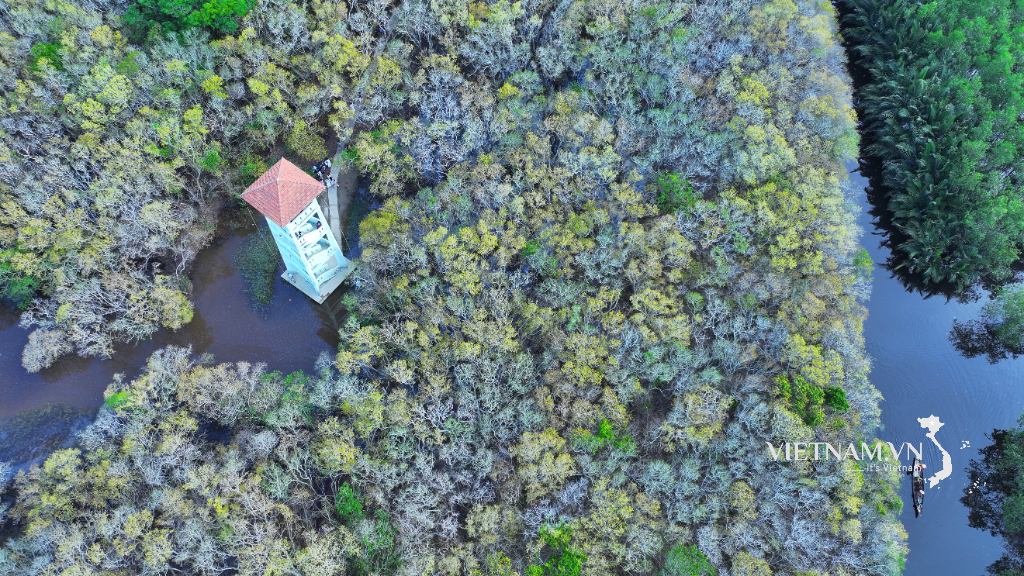


Comment (0)